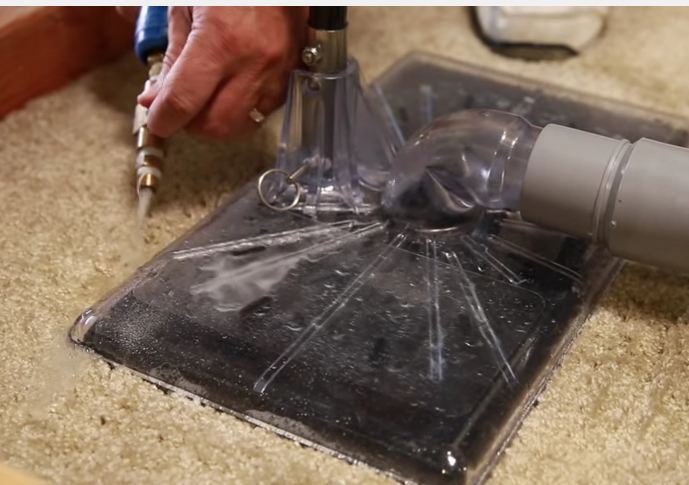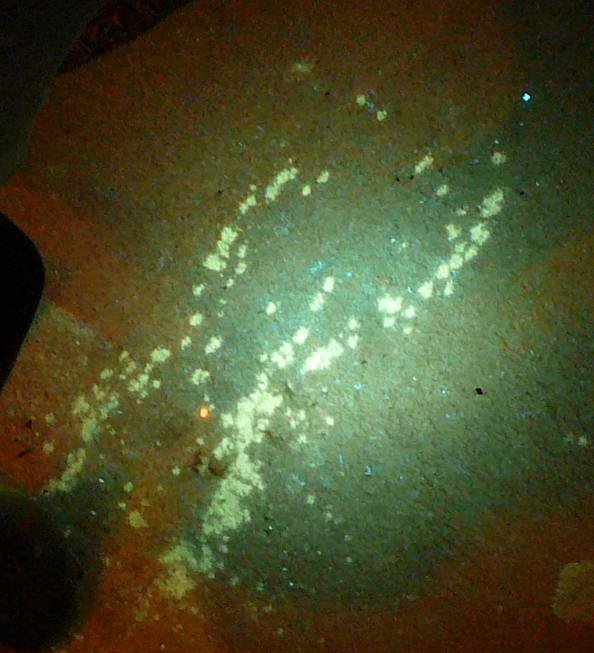J Scott W
Member
- Joined
- Oct 16, 2006
- Messages
- 4,061
- Name
- Jeffrey Scott Warrington
I was told by Jim, the guy who owns (or used to) Bio-Kleen that the difference between the enzyme style products is:
According to him, their live enzyme product (bacout) had more of both. Hard to check and know with certainty, as no manufacturer that I know provides these numbers.
- How many kind of enzymes cultures are used
- And enzyme count. (meaning how many per oz or whatever).
Maybe one of the reps here can chip in.
The kind of enzyme is important. The most common type for urine removal break down protein. So there may not be a lot of differences. Some products have a blend of types.
Enzyme count is also important. However even more important IMO is enzyme only versus bacteria / enzyme combination. If you have only enzymes, there is whatever amount the manufacturer puts in. If you have living bacteria present, they can be producing enzymes, feeding on the organic material, growing, multiplying, making more enzymes and so forth. Under the best conditions, the bacteria / enzyme count can double every 20 minutes. A regular little enzyme factory going.




 Was somewhat let down both times.
Was somewhat let down both times.
 ) flushing buckets poured over /around the spotter claw, and, water through a wand with a needle , injected into carpet and pad.
) flushing buckets poured over /around the spotter claw, and, water through a wand with a needle , injected into carpet and pad. 


